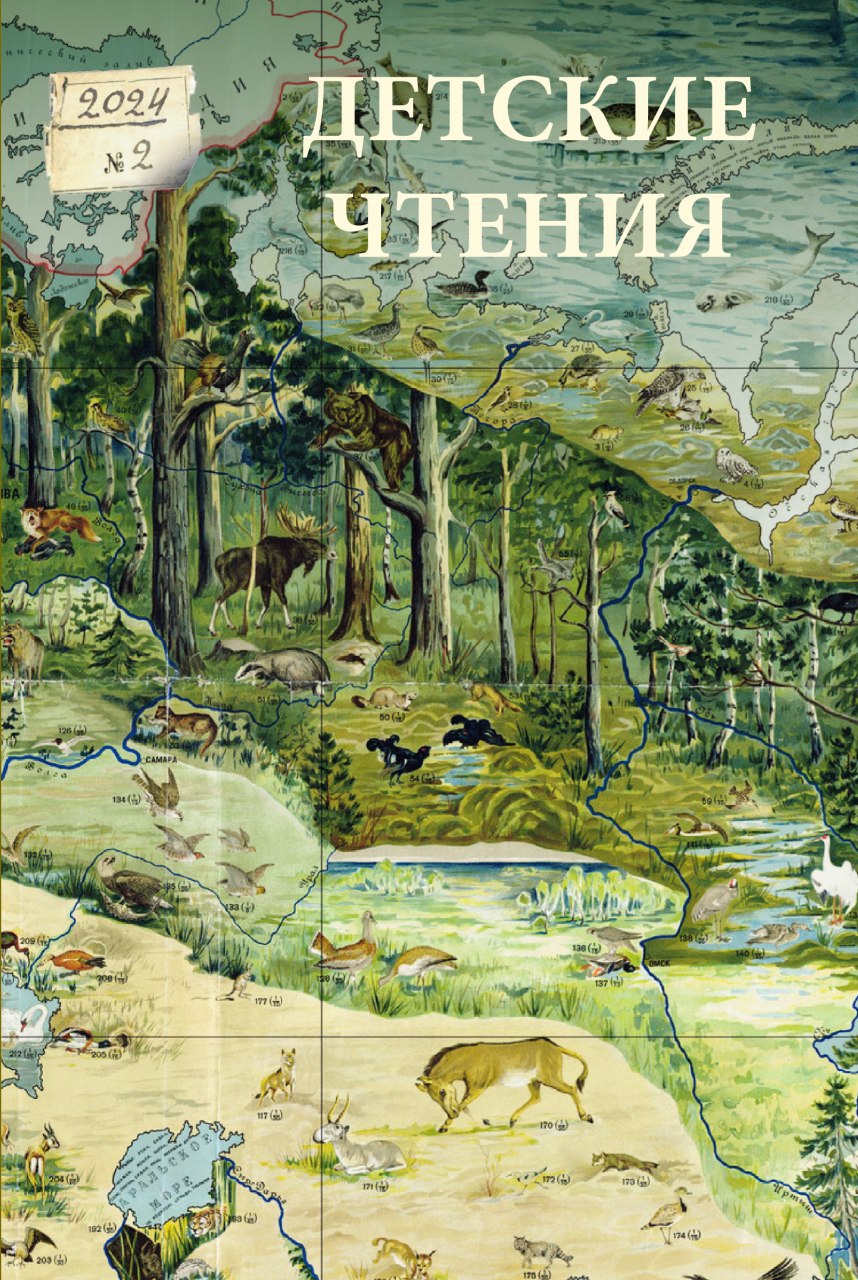LANDSCAPE OF THE SOVIET BORDERLAND IN CHILDREN’S LITERATURE OF THE 1930S
DOI:
https://doi.org/10.31860/2304-5817-2024-2-26-81-105Abstract
The author of the article explores the Soviet experience of creating the image of a fortress-country with impregnable borders, examining it through the prism of children’s literature. The corpus of texts on this topic is vast, including works of various genres. The construction of the literary canon of representation of the Soviet borders began in the late 1920s simultaneously with the emergence of the ideologeme “the border is locked” and continued throughout the 1930s. In the article artistic representations of the border are studied from the perspective of landscape, based on historical and anthropological analysis. It demonstrates that the natural landscape and spatial images have a functional character, they are subordinated to the solution of the task of revealing relations and hierarchies within local society. The triad “border guard – spy – child” forms the structural basis of the plot, through it the socio-cultural landscape of the Soviet borderland is defined, in which the figure of the spy, coming from abroad or from anti-space, introduces a temporary dissonance. The border portrayed as the most important part of the state’s territory, as a peacetime front and a site of heroic self-expression for the people. The theme of the border provided fertile ground for producing texts that presented children with an imaginative and accessible semantic scheme of the world’s space, vividly portraying the images of their familiar and strangers.
Keywords: state border, children’s literature, images of space, landscape, “border on lock”, image of the enemy







